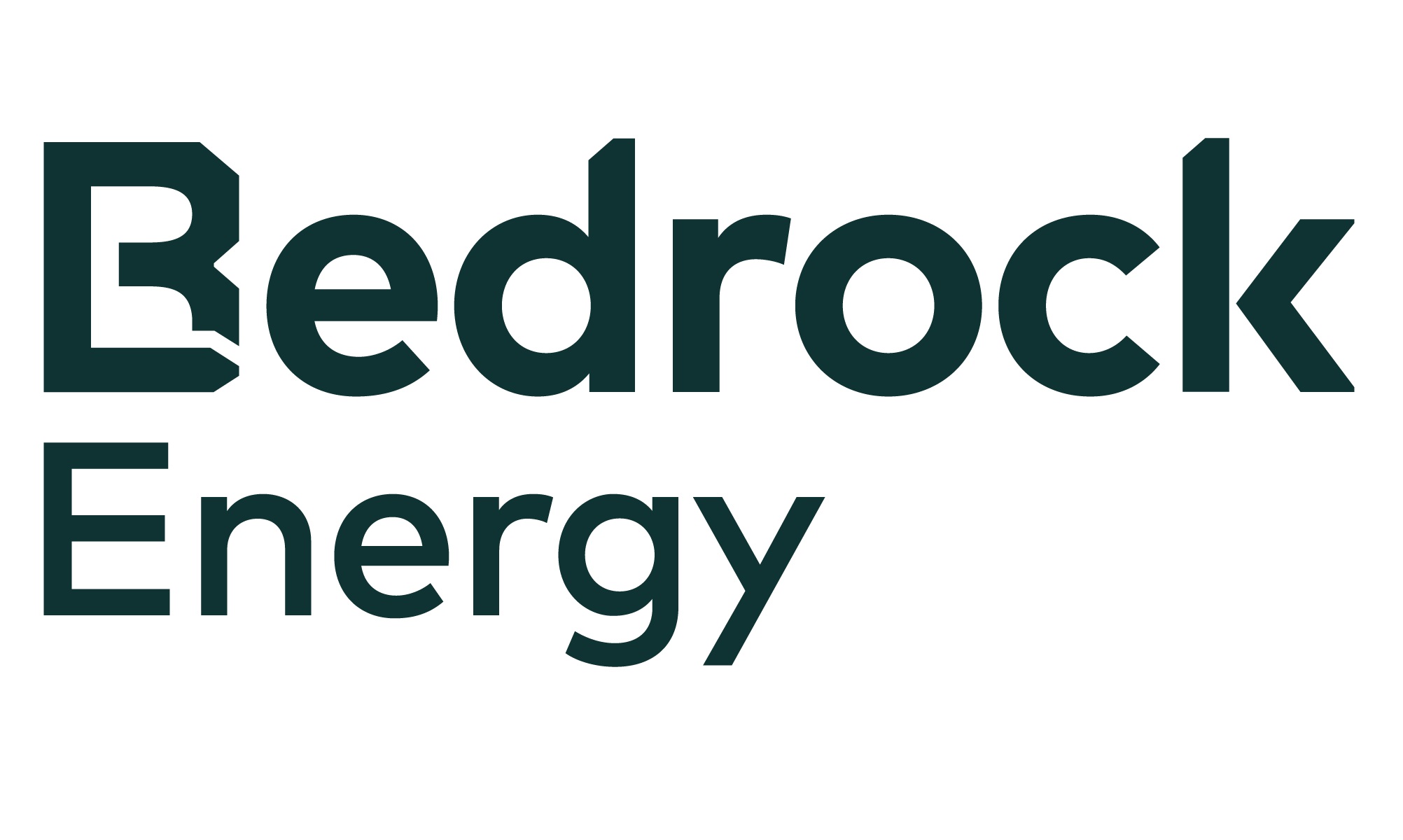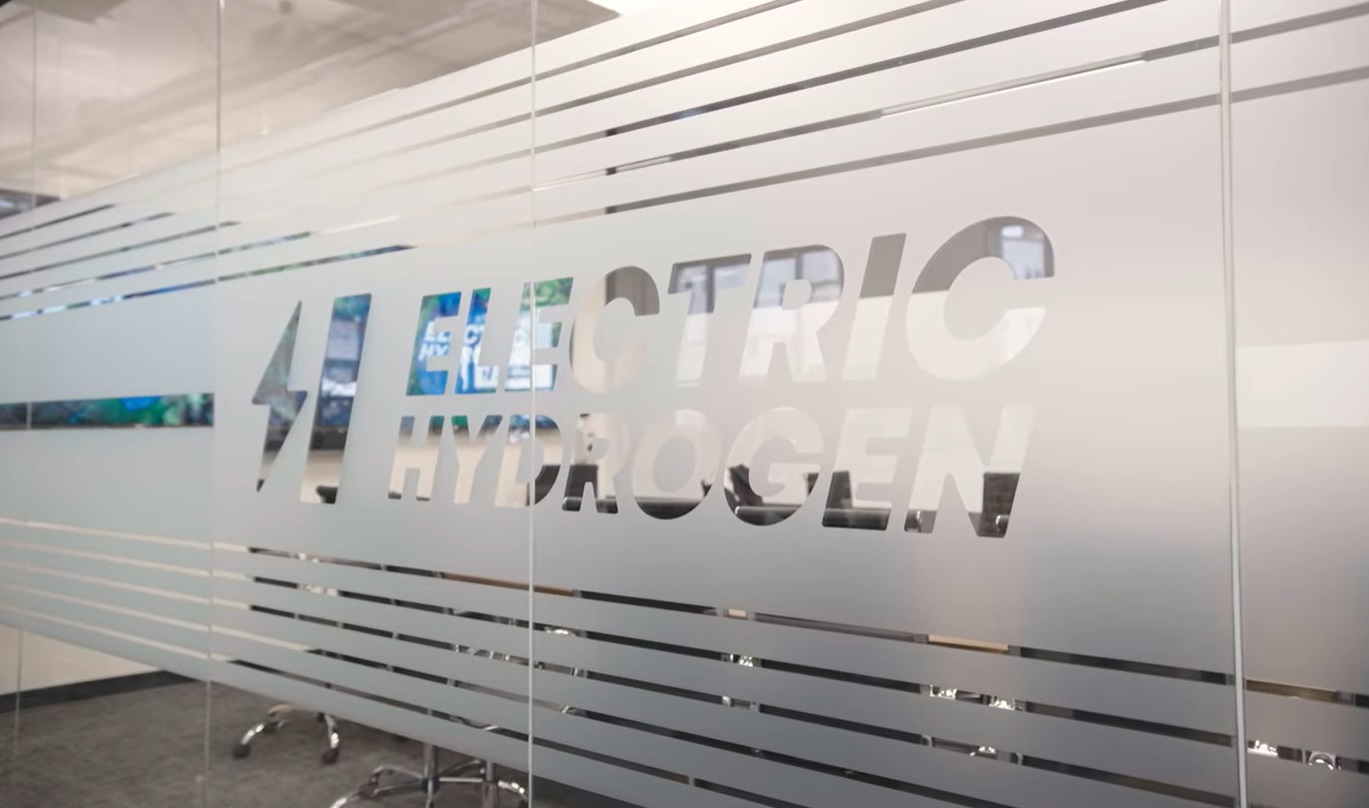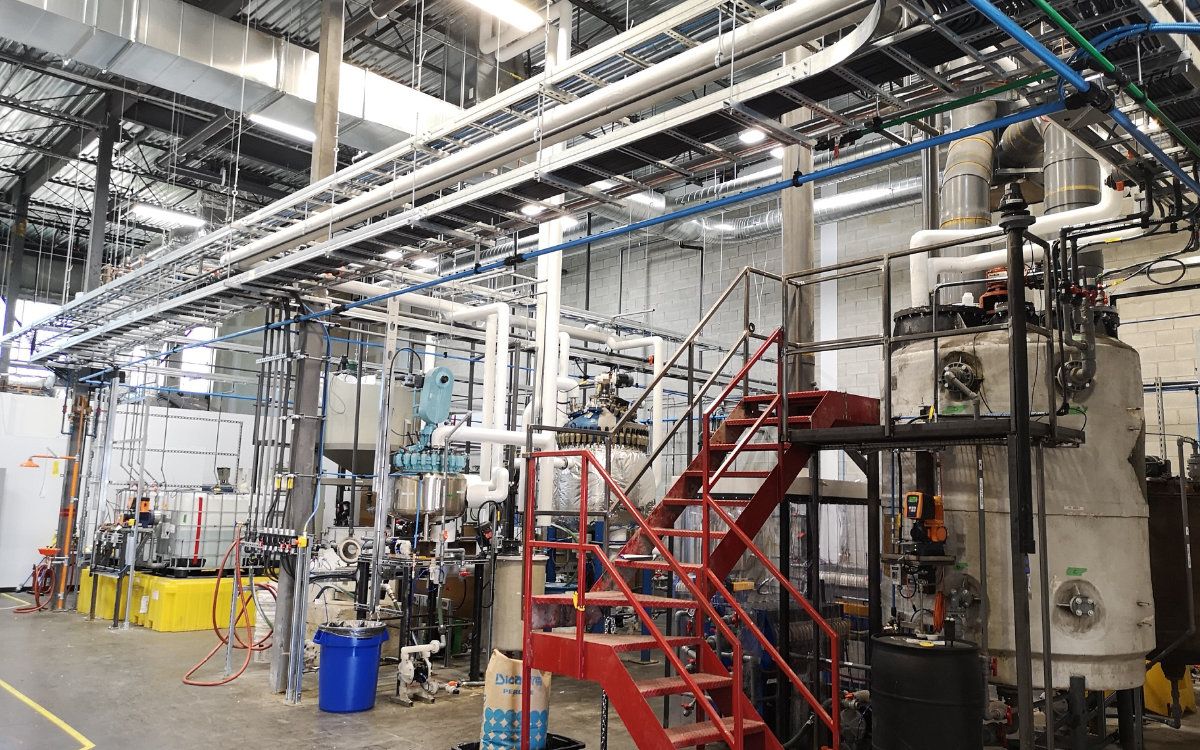A startup called Electrified Thermal Solutions (ETS) believes that bricks, traditionally used as a construction material, could be the solution to decarbonizing heavy industries. Currently, many heavy industries rely on fossil fuels for heat, making it challenging to achieve the temperatures required for processes like steel or cement production. While hydrogen is a potential alternative, developing enough green hydrogen capacity for heavy industry would be prohibitively expensive.
Key Takeaway
Electrified Thermal Solutions (ETS) has developed e-bricks, or thermal batteries, that can store excess electricity as heat and release it when needed. These bricks can reach temperatures exceeding 2,000 degrees Celsius and provide a cost-effective alternative to fossil fuels in heavy industries such as steel and cement production.
Thermal batteries, like the ones developed by ETS, offer an alternative solution. These batteries can be charged with excess electricity when it is abundant and cheap, and then release the stored energy as heat when electricity is scarce. The heat generated by these thermal batteries can be used to power turbines for electricity generation, heat buildings, or even be utilized in steel mills, chemical plants, and cement factories.
ETS’s Joule Hive thermal battery
ETS’s thermal battery, known as Joule Hive, is remarkably similar to conventional firebricks, with just a 2% difference due to the incorporation of semiconductor materials that provide them with electrically conductive properties. The bricks are heated by running electricity through them, allowing them to retain heat for several hours or even days. More than 95% of the electricity used to charge the bricks can be recovered as heat.
What sets ETS’s thermal battery apart is its ability to reach extraordinarily high temperatures. A stack of their bricks can produce heat surpassing 2,000 degrees Celsius (3,632 degrees Fahrenheit), equivalent to the temperature of a flame. This makes it possible for ETS to replicate the effects of traditional flames using electricity, with the added benefits of longevity and cost-effectiveness.
Cost and scalability
ETS claims that the cost of their heat is at least three times cheaper than that produced by hydrogen. Although it is currently more expensive than heat generated from natural gas, this comparison assumes that natural gas pricing will not be impacted by additional carbon costs. When subject to a $50 per metric ton carbon price, ETS’s thermal battery system is only slightly more expensive than natural gas.
Currently, ETS is refining its pilot system, which is approximately the size of an elevator. The company is also in the design phase for a commercial-scale battery, which will be the size of a shipping container. After completing the development of the commercial-scale battery, ETS plans to offer either the heat generated by the batteries or the complete system for sale.
Conclusion
Electrified Thermal Solutions’ e-bricks offer a promising solution to decarbonizing heavy industry by providing a cost-effective alternative to fossil fuels. With their ability to produce extremely high temperatures and long-lasting heat, these thermal batteries could revolutionize processes in steel mills, chemical plants, cement factories, and more. As ETS continues to refine its technology and scale up its operations, the future of decarbonized heavy industry looks promising.

























